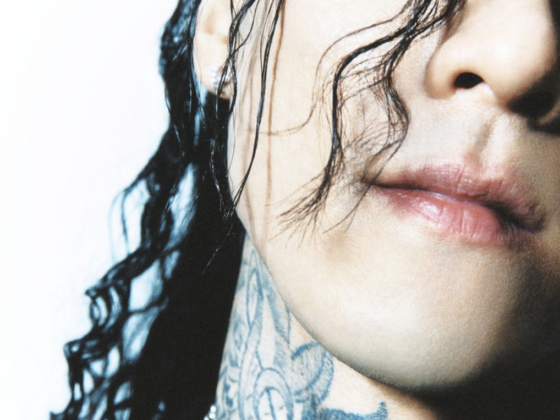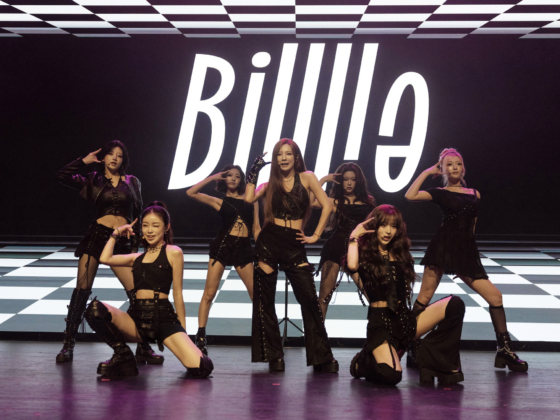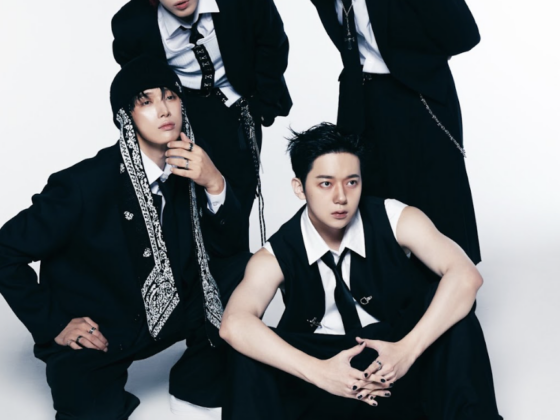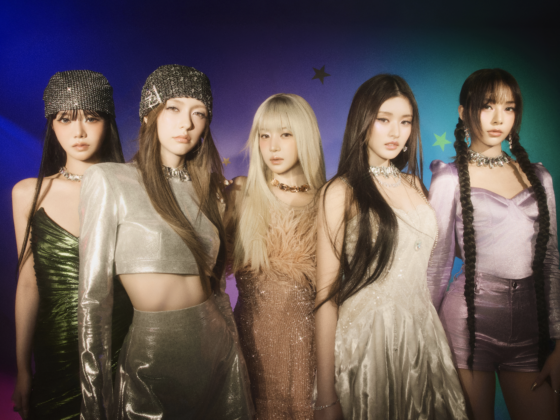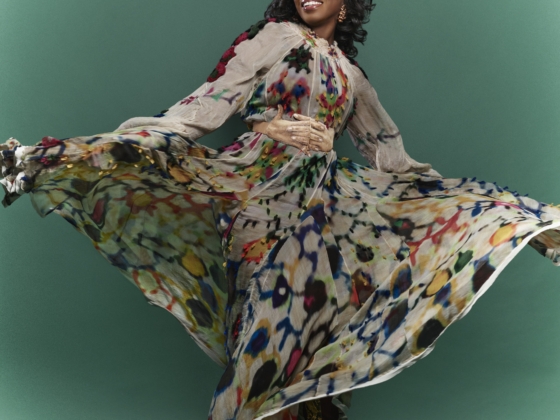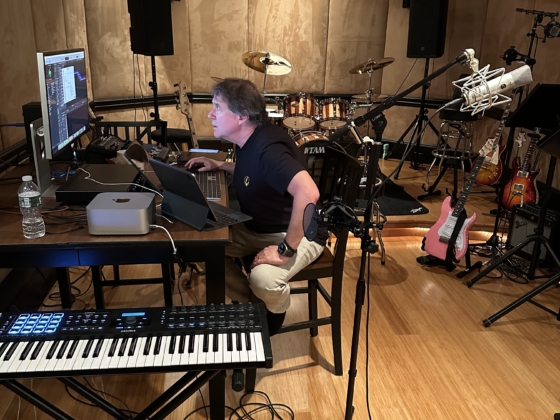About a blog-decade ago, a little iPhone game came out called Flappy Bird. Surely some of you might still remember it. Basically popular only because it was extremely frustrating, the little game somehow ascended to the top of the iTunes best-seller list in a matter of days. The game's creator, the unlikely Vietnamese king of the iPhone Dong Nguyen, was reported to have made nearly $50,000 a day from the game's embedded ads at the peak of it's unlikely popularity. Sounds like a pretty good deal to me – making that much off of something you don't really have to maintain doesn't seem so bad by any means. However, after just a few weeks, Nguyen elected to remove the game from the App Store.
Citing the stress of his newfound fame and the flood of disparaging messages that he daily received, Nguyen complained that Flappy Bird "ruined [his] simple life." Having to dodge angry tweeters complaining that his game was ruining the world's children as often as threats from the world's already-ruined manchildren who smashed their phones in rage over the simple game just proved a little much for the poor guy. And I don't blame him.
After all, the plight of Dong Nguyen isn't so dissimilar than the one that's experienced by plenty of musicians in the age of social media. Dong's narrative of suffocation by rapid, overwhelming, internet-mediated fame is common to our world as well. Just ask Lil Ugly Mane, who finally gave his long-threatened farewell to the rap game after the attention started to become overwhelming – as he says in his goodbye track, "rapping ain't my grind, I just used to like to rhyme." Or even someone like Burial who, by his own admission, has only ever told four or five people that he "makes tunes" so as to avoid drastically altering his life. Or the oft-repeated indie ghost story of Wavves' Nathan Williams' public breakdown, cannibalized in to the most-blogged story of that year. Sure, the music has to be decent, but people aren't just interested in consuming albums any longer – they're more interested in consuming the entire musician.
Or, at least an aestheticized version of their lifestyle. The Odd Future kids have arguably proved the most successful at capitalizing on themselves in this way. Their personalities, style of dress and the way that they speak – these elements have contributed to their wild success just as much as their music has, if not even more so. Tyler is a smart guy and he's realized this, which is why he's put so much effort in to expanding the gang's brand with a clothing line and TV show. People don't just want to listen to Odd Future, they want to be part of the Wolf Gang. Because they're in touch with this element of their appeal, they've been able to successfully monetize not only their music, but their entire persona. However, for others it often isn't that simple. Not every band is interested in becoming a brand. Yet, that's often what defines success in the contemporary musical landscape.
As I've previously written, the increased level of focus on the holistic consumption of a musical artist's aesthetic might be a consequence of our content-delivery model's emphasis on delivery via screen. Since new music is born on the internet, where it too ultimately lives and dies, it is necessarily consumed alongside accompanying visual and social media. This really just means that when you listen to a song online, you're usually doing it via a website which includes a video, some album artwork, an extremely well-written opinion piece, any piece of visually-oriented content which provides some aesthetic context for the music itself. To continue with the Odd Future example, they got super popular only after they made some videos and got a pretty blog – the “Earl” video, for instance is a great example. It seems obvious – of course visual and aesthetic “lifestyle” components are important to the musical product. However it's only because we're now so surrounded by the new paradigm that the novelty of the audio/visual/social convergence isn't immediately apparent. It isn't intrinsically bad that musical media now basically has to exist within a visual context to be taken seriously – it's just a property of the dominant consumption model that needs to be recognized. If anything, it's actually sort of cool that musical artists now have an increased opportunity to branch out in to other accompanying media to express themselves.
[youtube]https://www.youtube.com/watch?v=78_loMbmKJ8[/youtube]
However, the issue arises in that, because music is now primarily an internet-mediated, visually-oriented art-form, it's become relatively easy to game the system. You can min-max the music industry like you can min-max your Dark Souls character. Ubiquitous artists like Lil B, Riff Raff and basically that whole genre of “meme rap” have been able to become famous largely because they're interesting people who are very active internet users. Their business model is completely counter-intuitive – they shotgun out a million mp3's in to the air with zero quality control, and then be funny and interesting on social media to tide their audiences over until a song sticks. It's completely ass-backward from what a musician is traditionally “supposed to do” but it's also proved extremely successful. You just have to be willing to switch your Facebook description over from “Musician/Band” to “Public Figure.”
More than anything, I'm reminded of all the weird sceney MySpace stuff from like 2004. People like Jeffree Star, Millionaires and Kiki Kannibal who began their careers as successful social media users, only subsequently leveraging the audience that they developed via MySpace and its associated venues to hawk their makeup, songs, and jewelry. The same sociovisual paradigm which created the concept of “MySpace famous” is still at play, although the specific media channels utilized to deliver content from creator to audience may have changed. After all, the contemporary internet has arguably become a mega-MySpace, with Public Figures now able to harness audiences from a variety of content delivery platforms rather than just one – Instagram fame translates to Twitter fame translates to Facebook friends and so on, all of which contribute to an exploitable market-base for meme-creators.
In this way, music consumption has weirdly become a kind of voyeurism. Sure, consumers still want to hear some songs. But even more so, they really want to see what musicians are doing – music just happens to be a big part of that. I remember during the mid-to-late-2000's when chillwave was starting to be invented and suddenly almost every interview with a new musician went something like this:
Interviewer: Hot New Chillwave Guy, how did you start out working with Cool Forward-Thinking Label That Definitely Still Exists In 2014?
Hot New Chillwave Guy: Well, I only had like two songs on MySpace, and suddenly they sent me an email and…
Neon Indian, Balam Acab, Gold Panda, name any two-word wishy-washy electronic producer that you can think of, and then Google up an interview and you'll find this conversation repeated over and over again. That was the paradigm of the time – you just kind of would throw something up online and hope that someone with a label found it and maybe even thought you were kind of good. The “web-accessibility-go-fish” model replaced the demo-centric model which had existed pre-internet. That's when sites like Bandcamp and Soundcloud, seeing a market in this kind of web-accessible social music platform, jumped in along with a million others. I think the best way to tell if a certain business or creative model has become dominant is to look and see if lots of band-wagoners are trying to emulate the model and ultimately failing – it shows that a certain way of doing something has become so normalized that people just kind of try it without thinking about it. That's why Bandcamp and Soundcloud have now become the bloated monstrosities with terrible signal-to-noise ratios that they are today. Three or four years ago they were cutting edge when the web-music boom was in full force so everyone just jumped on because that was how you got people to listen to your music in 2010.
In turn, the sheer quantity of unsuccessful human memes that now litter the proverbial “next page” of music blogs has risen dramatically over the last few years, a dramatic illustration of how dominant the sociovisual business model has become. You see all these people like Chippy Nonstop, Kreayshawn, early-model Yung Lean – they all got famous and then immediately faded away before anyone even really knew what they did. I don't think this is so much a side effect of the blogs' “24-hour hype cycle” in the way that a lot of analysts do, as much as that it's a consequence of the new paradigm's valuation of social and visual content over musical content. That's why you have people like Kreayshawn and ASAP Rocky getting famous off of one video. Obviously sometimes it works out (the latter) and some times it absolutely does not (the former), but that just speaks to the fact that the sociovisual model is now something that many if not most musicians are following.
[youtube]https://www.youtube.com/watch?v=-03Vr0QsFdw[/youtube]
Consequently, music consumption has dramatically changed. Our medium is no longer an auditory one, but a sociovisual one, and what's more, (as with Odd Future) we like it because it is basically voyeuristic wish-fulfillment. You don't just want to listen to their tunes – you want to be part of the Wolf Gang. You want to be a sadboy. You want to listen to their songs so you can live their life.
Music is pornography.
Or, at least, a lot of it is. Maybe this has always been the case, even before the rise of social media and screen-based consumption – there's a reason that half of all pop music is in some way about crime. But there's no question that the new musical paradigm has dramatically increased the viability of a business model that is based heavily on social and visual media, with less emphasis on the music as the “product” in and of itself. We've turned our musicians in to branded experiences. Maybe this is just the logical product of a society that's youth primarily defines their identity by which tunes are on their iPhone, what clothes they wear, and what memes they use, Maybe combining all of these elements in to the contemporary “lifestyle brand” is just the obvious next step.
Or maybe the sociovisual lifestyle brand is the latest consequence of our journey toward the music production singularity. A lot of work goes in to the production cycle of a single song. You need to:
-
Write the song
-
Play it on some instruments
-
Record it
-
Mix it
-
Master it
-
Release it
-
Promote it
-
Let people talk about it, and let them talk about you, the musician
Twenty years ago, an entirely different person was basically responsible for each step of the process – songwriters, well, wrote the song, musicians would play it, a tape op would record it, an engineer would mix it, a different engineer would master it, distro people would release it, marketers would promote it, and reviewers and TMZ-types would talk about if the song was good, and if you were cool for making it. Now, however, virtually every step of the entire process is done by a single person – the musician. The advent of music-as-pornography might just represent the final form of the post-modern one-person music studio, ultimately absorbing the gossipy parts of the music cycle in to musician's responsibilities just as everything else has already been absorbed.
Both reasons – music's important position as an important signifier for identity, combined with increased control and responsibility from the musical artist over the total musical product – have ultimately contributed to the rise of the sociovisual paradigm in music. People want to be musical voyeurs because they want to look, speak, and act like the musicians they admire. Or, because they want to gawk at people whom they think are ridiculous, weird, or stupid. For example, Odd Future might be the former, while Riff Raff might be the latter (who cares if this characterization of their personalities is actually legitimate, public perception is in this case far more important). And while the trend toward voyeurism in music has intensified, while musicians might be better at it now, the status of the musician as a creator of identities isn't exactly new.
Since the days of the mods and rockers, styles of music have often been the foundation for subcultures and ways of being. These kinds of identities sort of grew up organically around the musical forms – the people who liked punk happened to dress and speak in similar ways and over time this grew in to a unified, replicable aesthetic, the same thing happened with the raves, the skins, the sceney-weenies, and so on. All the symptoms of an identity would come in to existence – skinny jeans, Rockett t-shirt, swoop hair with a blonde streak, metalcore – and only later would someone recognize that, hey, that's what a scene kid looks like.
Michel Foucalt talks at length about the idea of “embodiment” – basically how different types of identity are formed and then applied to individuals. An identity, really a “kind of person” that you can be, has to be imagined before it can exist. For example, we can't decide that someone “has a cold,” until we've decided what “having a cold” actually means. Only once doctors decide that the characteristics of having a runny nose, feeling stuffy, and feeling nasal pressure are defined with the name “cold,” can the condition, the identity, have any coherent descriptive meaning. We do the same thing with genre in music – a bunch of bands have similar characteristics, but they aren't defined as within a genre until someone actually takes the time to conceptualize their symptomatic commonalities in to a specified way of being. It's kind of like when Carles invented the term “chillwave” – the identity didn't exist until it was constructed from existing conditions. The construction of the identity of “chillwave” in turn codified and standardized what it means to embody the identity of “chillwave band” – characteristics like synths, 80's nostalgia, and mid-to-lo-fi production. After Carles codified the diagnostic criteria for “chillwave,” we started seeing more bands flock to that genre, overtly attempting to embody the identity.
The sociovisual pornographic musician then, in one sense, is still just engaging with the creation of identity – they just arguably have more control now that the full presentation of their image is within their hands. Rather than waiting to be categorized and marketed by outside forces, by utilizing the full breadth of social and visual media musicians are able to market their own identity in their own way. And it works. How many obnoxious, Supreme-wearing, skateboarding teens did you see before Odd Future? How many triangles did you see before Tri-Angle? How many anime nerds had blue hair before Zombelle? By manipulating the new paradigm, musicians are now able to engage not only with their product – ostensibly still music – but also with the purpose of their product, the purpose that music has had all along: to create new embodiments.
It's a hard life to be a porn star, because you aren't just the creator – you're your own product. The tacit acceptance of the level of audience voyeurism required for this system to work isn't an easy pill to swallow. Odd Future's been ridiculed and demonized to no end. Everyone makes fun of Lorde's boyfriend. Equally to his glee and chagrin, Kanye's every move is analyzed and torn apart. Dong Nguyen removed Flappy Bird from the App Store. But the ability to influence the real people of this extremely real world more directly and completely than ever before, for better or for worse, is also the new system's consequence. It truly is hard to say if being a post-modern musician really means surrendering your individuality to the cloud, to the scores of kids who you hope come to emulate your every move. It's hard to say if an individual can ever truly have ownership over an identity or a way of being. But if the ever-elusive purpose of art is to incite its consumer to ask questions, then whoever said pornography couldn't be art was dead wrong.


